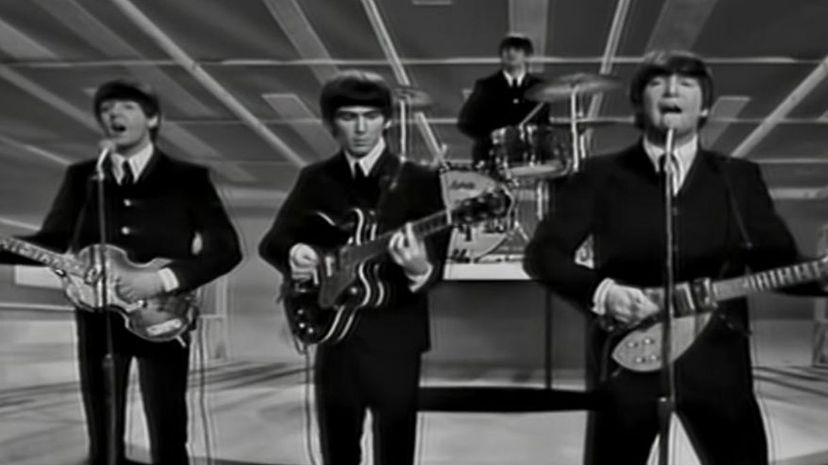
About This Quiz
The 1960s were one of the most decadent and defining eras of music we've had yet! From dance numbers that crossed genre barriers to the birth of hard rock, musicians took more risks than ever before. For their efforts, they were rewarded with chart-topping success and classic songs that live on even now. Do you know as many of them as you think you do, though?Â
You can't dial into a classic rock or an oldies station without hearing some of the most memorable songs ever made blasting back at you from the '60s. You probably think you've heard them so many times that you know all the words. It might be harder to see them than it is to sing them, though. There's no doubt you'll be singing along as you try to match the words to the songs, but will you get them all right?Â
Once you see the songs we've chosen, you'll want to jump up and do "The Twist." We just hope that we haven't twisted your mind so much that it feels like Lou Reed's brain before he wrote "Sunday Morning." Put the needle on the record, and give it your best shot! Take a good look at the lyric, match it with the song and see how well you know your '60s stuff!Â
Â

"The Twist" was originally written in 1959 by Hank Ballard, but it was Chubby Checker's '60s version that got fans on their feet. Checker used to explain the dance to fans by telling them to pretend that they were wiping their wet feet on a towel.
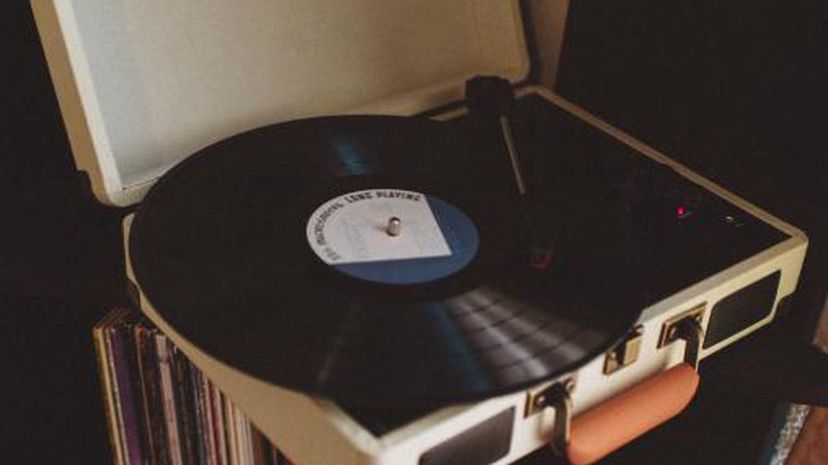
When guitarist Robby Krieger set out to write 1968's "Light My Fire," he wanted to sing about the four zodiac elements. Although Jim Morrison wrote the second verse, Krieger came up with the rest of the iconic song.

No one's really sure if "House of the Rising Sun" is about a New Orleans brothel or a Louisiana prison, but everyone agrees that The Animals knocked it out of the park in 1964. Covered by many since the original in 1937, other artists to record the song include Bob Dylan.
Advertisement

"Born to Be Wild" was one of Steppenwolf's loudest and most-loved hits. Chosen as the 1969 theme song for the movie "Easy Rider," the rebellious song still touches a chord with those looking for a little freedom.
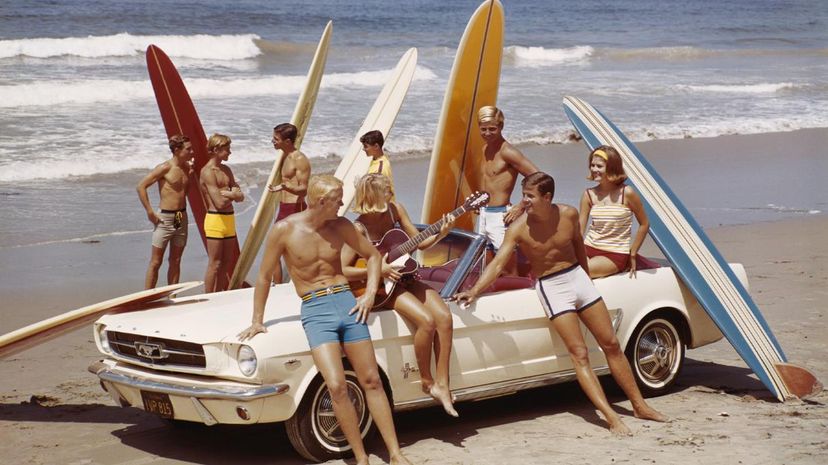
Songwriter Brian Wilson recorded 17 different versions of "Good Vibrations." Costing over $50,000 to make, it was considered the most expensive song of all time. He didn't care for the word "vibrations," and it caused him to call the song "Pocket Symphony" instead.
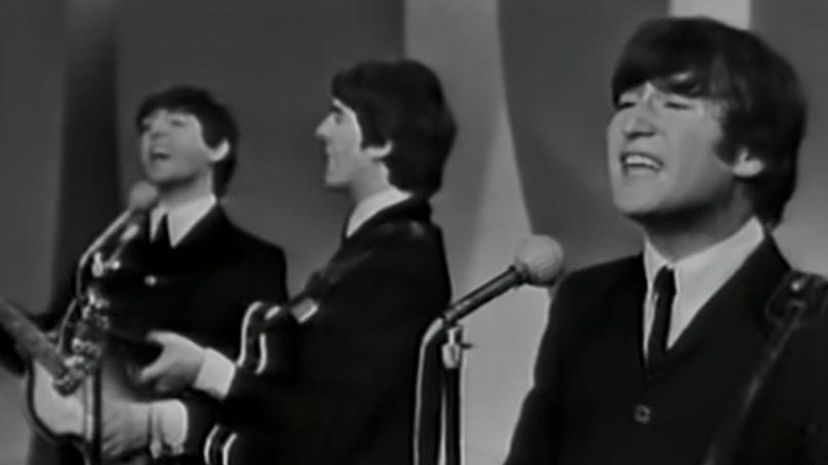
"I Saw Her Standing There" was one of two Beatles songs that were first played in the United States. Along with the B side of "I Want to Hold Your Hand," it was a big part of creating what came to be known as the British Invasion.
Advertisement

Songwriter Chip Taylor was indeed a little bit of a "Wild Thing." After writing songs for The Troggs, he went on to write another smash hit with "Angel in the Morning." An uncle to Angelina Jolie, he lost most of his earnings by gambling at Las Vegas casinos.
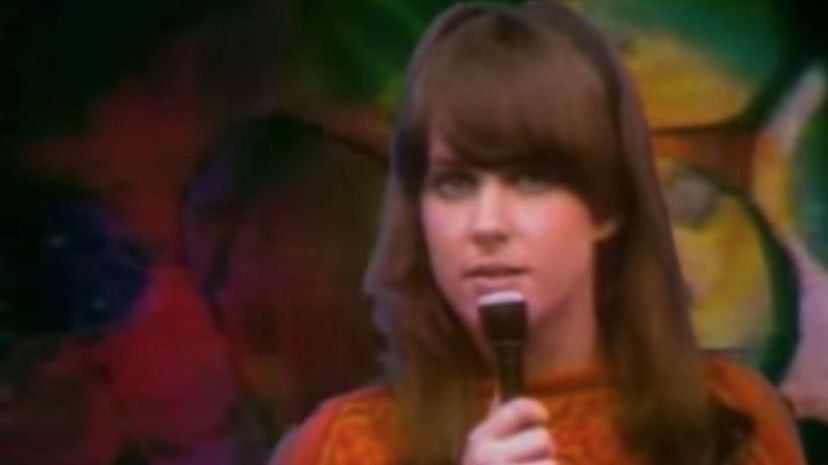
Led by the powerful vocals of Grace Slick, Jefferson Airplane had a huge hit on their hands with the "Alice in Wonderland"-inspired "White Rabbit." She always claimed that the song was written for a younger audience than the parents who bought it.
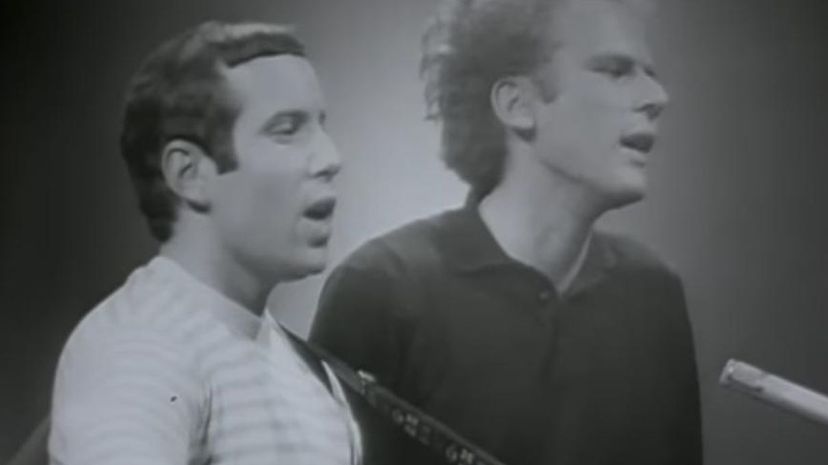
Simon & Garfunkel were doing their best to find their footing in the folk-rock genre, but the acoustic version of "The Sound of Silence" only sold 2,000 copies. Once electric instruments were added, it went to number one in 1964.
Advertisement

It's not a coincidence that David Bowie's "Space Oddity" has a name similar to the title of the Stanley Kubrick film "2001: A Space Odyssey." Bowie wrote the song after watching the film for the first time.

The Rascals were not the first band to release "Good Lovin'." First recorded by The Olympics in 1965, it didn't quite have the same punch. Once The Rascals added a larger, more electrified sound, the song was an immediate hit.

Bob Dylan was one of the most influential singer/songwriters of the decade. The name of "Like a Rolling Stone" is borrowed from a prominent blues artist named Muddy Waters, and it was co-written by Tom Petty. It's a song with a lot of history!
Advertisement
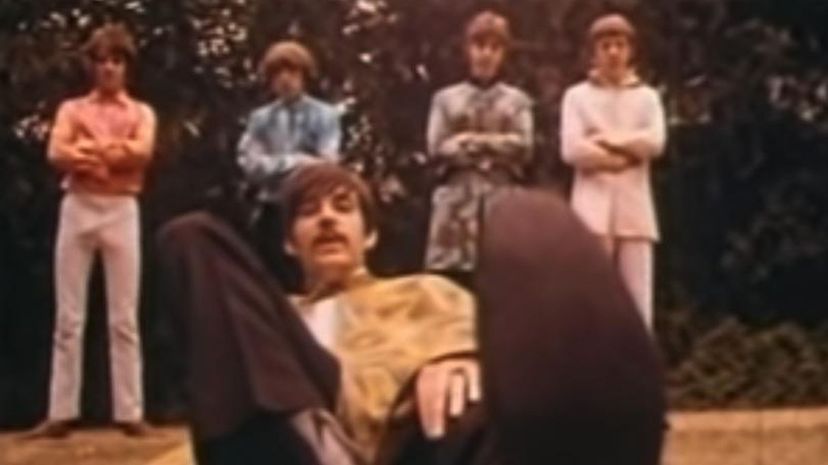
From 1967 to 1977, Procol Harum lit up the charts with songs like "Whiter Shade of Pale." Keith Reid, the band's songwriter, says that it's designed to be heard like a film about a couple.
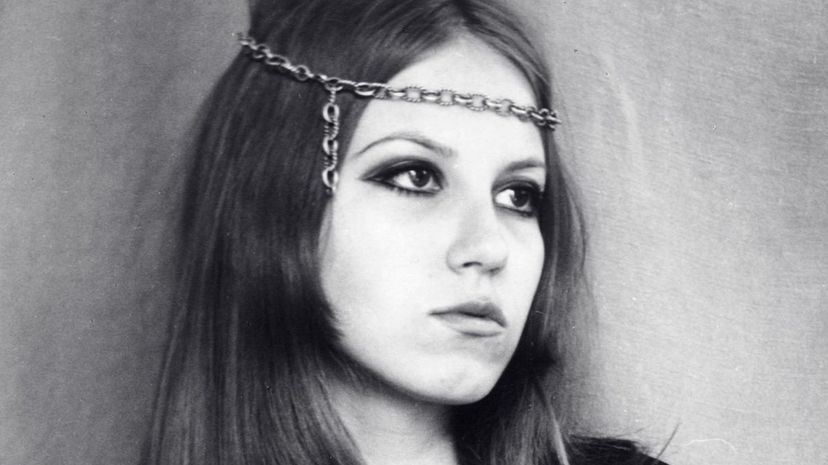
When Mick Jagger wrote "Paint it Black," he was hoping for more of a down-tempo version that matched the lyrics. After hearing his bandmates goof off and play it at double speed, the faster rock version was born.

The Moody Blues' Justin Hayward was only 19 years old when he wrote "Nights in White Satin." He tells a personal story about breaking up with someone and running directly to a new love.
Advertisement

Tragically, "Piece of My Heart" was the only song that Janis Joplin got to see make the charts before her passing in 1970. "Me and Bobby McGee" went to number one less than a year later.
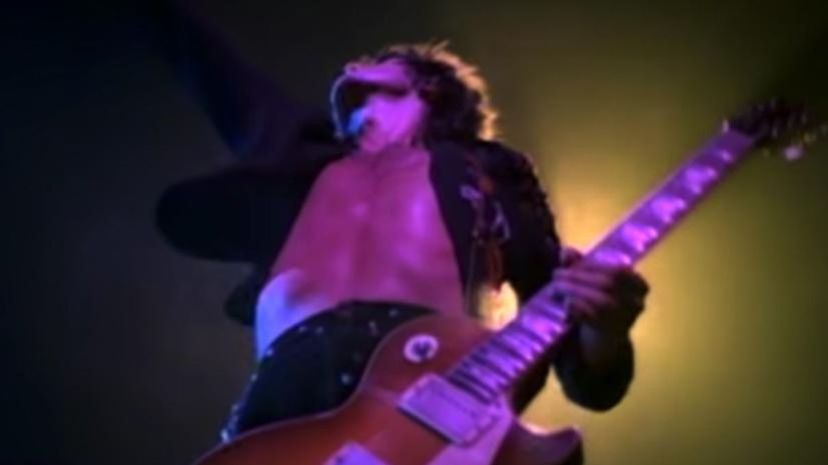
When Led Zeppelin released "Whole Lotta Love" in 1969, they didn't release it as a single in their native England. Instead, the song was released in the United States. There, it rose all the way to number four on the charts.

Songwriter Neil Diamond intended for "I'm a Believer" to be a country song. When The Monkees recorded it in 1966, guitarist Michael Nesmith hated it so much that his negativity was banned from the studio while it was being recorded.
Advertisement
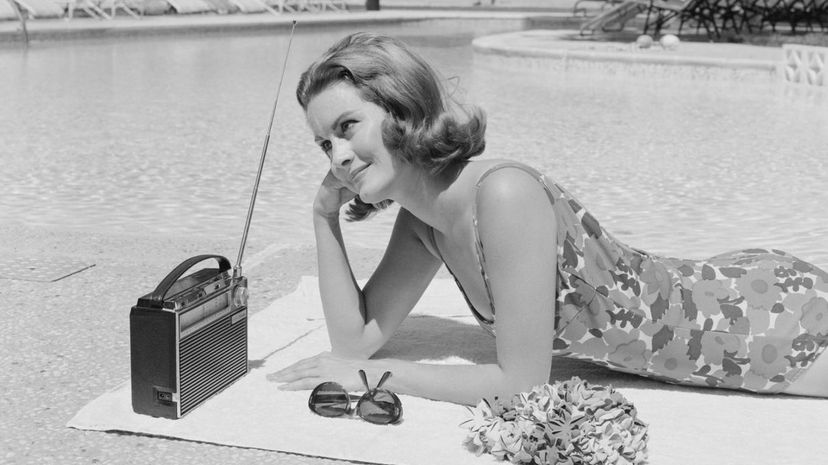
In 1965, The Doors included "Hello, I Love You" on their six-song demo. Morrison was inspired by a woman he saw walking down the beach as he wrote in his journal. It was the first of all of their songs to have any success in England.

When The Who's "My Generation" was released by Decca Records in 1965, it was officially called "The Who Sings My Generation." Singer Roger Daltrey didn't originally add the stutter in one of the song's lines. One of the producers suggested it.
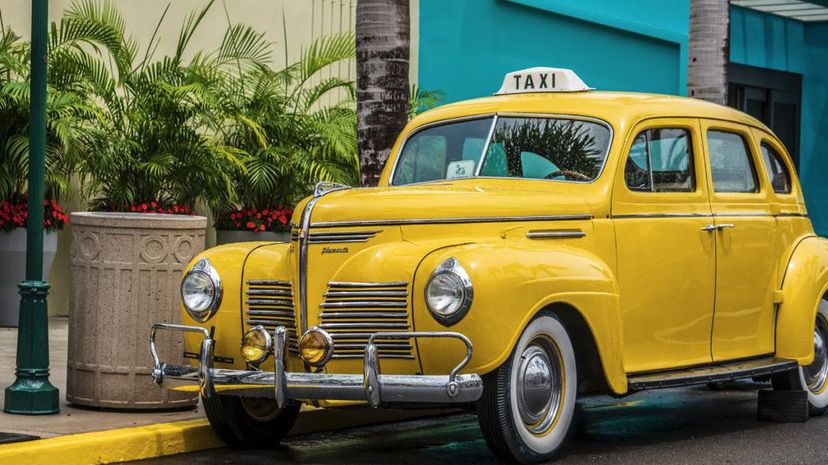
Although "Teach Your Children" was recorded in 1969, it had to wait another year to hit the U.S. music charts. When it did, it made it all the way to number eight after spending 11 weeks trying to reach number one.
Advertisement
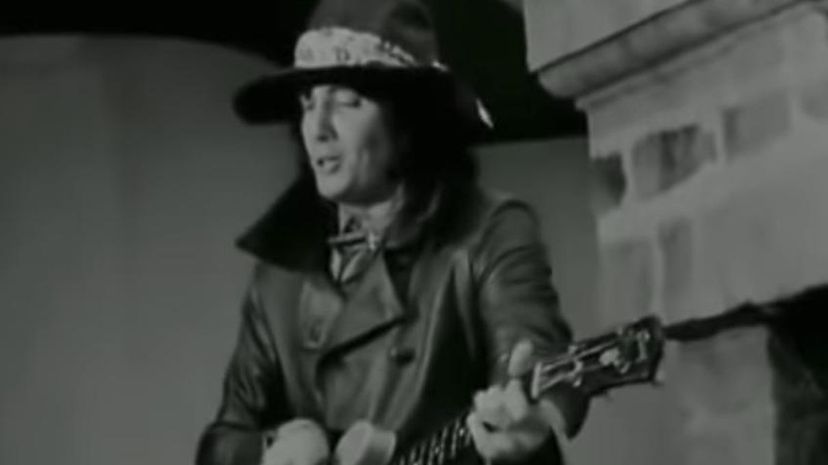
At first, Deep Purple thought that "Hush" was a little too disco for the direction they were taking. It was first recorded by Billy Joe Royal in 1967, but it was more of a country song than the version Deep Purple put out.

Many people think that Fleetwood Mac covered Santana's version of "Black Magic Woman," but it's really the other way around. It dates back to some of the earliest songs written by Stevie Nicks and Lindsey Buckingham.

Can you think of anything more flattering than having Aretha Franklin cover your song? That's exactly what happened in 1991 when she sang Sly and the Family Stone's 1968 hit "Everyday People."
Advertisement

Creedence Clearwater Revival defined the '60s sound known as Southern Rock. 1969's "Proud Mary" was a big hit for them, but it was an even bigger smash for Tina Turner when she covered it in 1988.
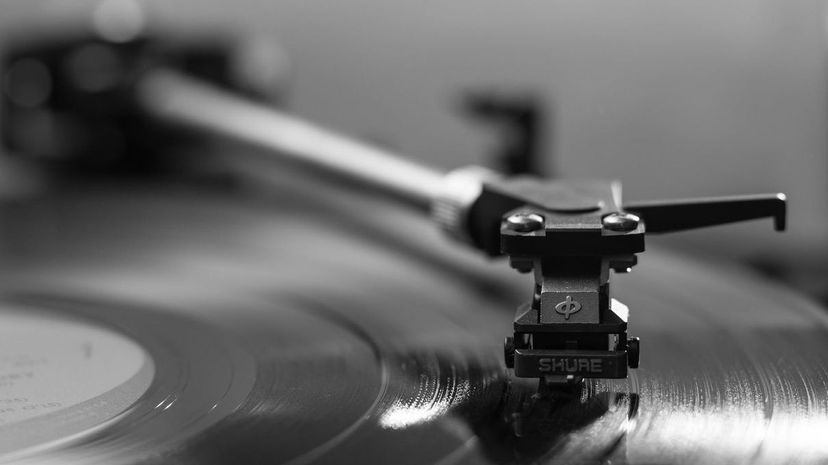
To combat the sugary sweet image of The Beatles, the Rolling Stones pushed boundaries both on and off stage. Although Mick Jagger swears that the title of the song came from a book by Mikhail Bulgakov, it was a shocking title for some during the decade.

It might not sound like it, but "Come Together" was inspired by politics. When new-age pioneer Timothy Leary ran for governor of California in 1965, his slogan was "Come Together, Join the Party." John Lennon took the phrase and ran with it.
Advertisement

From 1968 until a 1990 rerelease, radio listeners heard a censored version of "Brown Eyed Girl." To appeal to a broader audience, the line "making love in the green grass" was replaced with "laughin' and a-runnin'."
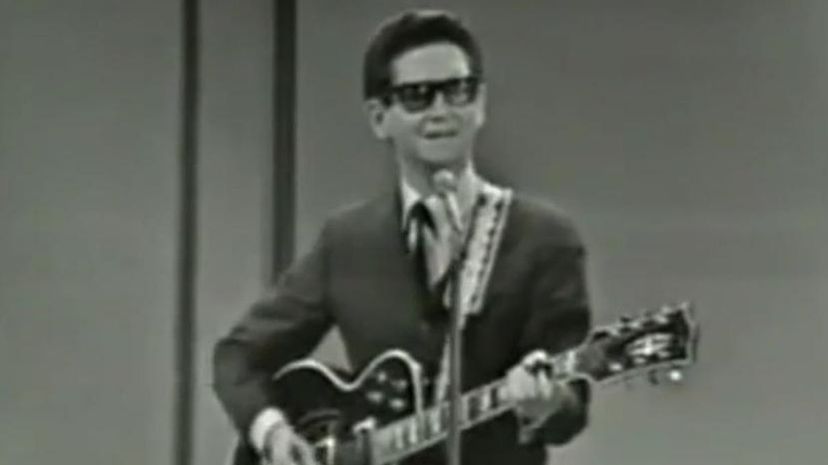
After a series of personal tragedies in the late 1960s, Roy Orbison practically faded away from the music world. Thankfully, stars like George Harrison and Bruce Springsteen were influenced by him and reintroduced him to the world in the '80s.
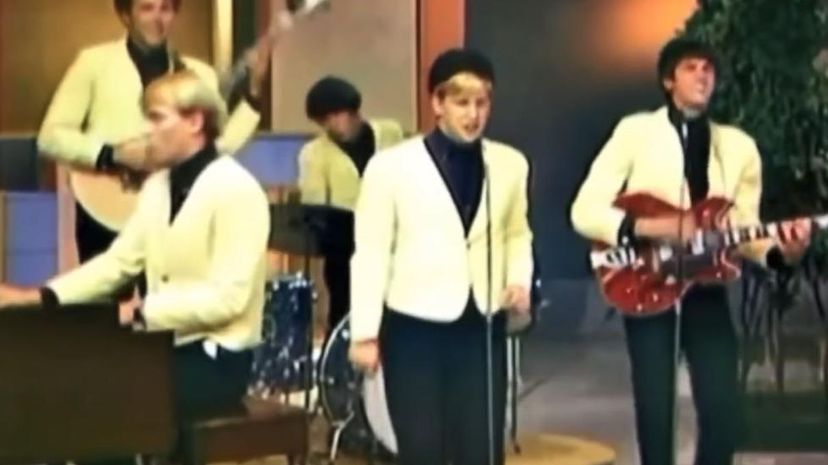
Written and recorded by Richard Berry in 1955, The Kingsmen took "Louie Louis" and made it famous in 1963. The Kingsmen's lyrics are a little hard to understand, but the original author says that it's about a sailor who spent three days traveling to see his girl.
Advertisement

After having success with their first release "You Really Got Me," Ray Davies set out to manufacture hits. He based "All Day and All of the Night" and several other songs on the first one in what he called an "assembly line" of songwriting.

"Inside Looking Out" might have been a hit for Grand Funk Railroad, but they were not the first '60s band to record it. The Animals recorded it three full years before it was placed on Grand Funk's "Grand Funk" album.
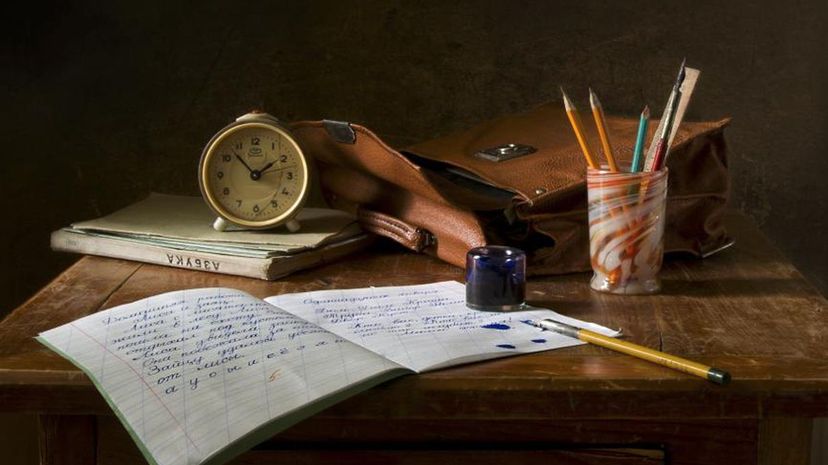
Led by the unstoppable Iggy Pop, The Stooges burst onto the Detroit music scene just as the punk movement was getting started. "I Wanna Be Your Dog" is only one of the songs that true music fans recognize from their first album "Raw Power."
Advertisement

"Sunday Morning" is the result of an Andy Warhol suggestion. While dealing with drug withdrawal in 1967, singer Lou Reed took his advice to write about it and the song quickly found a home on the group's "The Velvet Underground and Nico" album.

Fans of the '70s might know Motorhead's version of "Train Kept-a-Rollin'," and fans of the '80s might remember Jeff Beck performing it. Both groups have The Yardbirds' 1965 version to thank for all the sales.